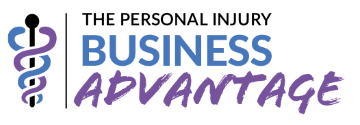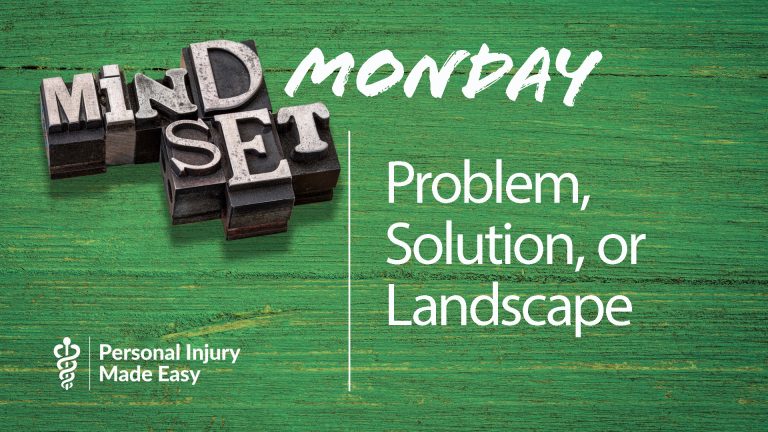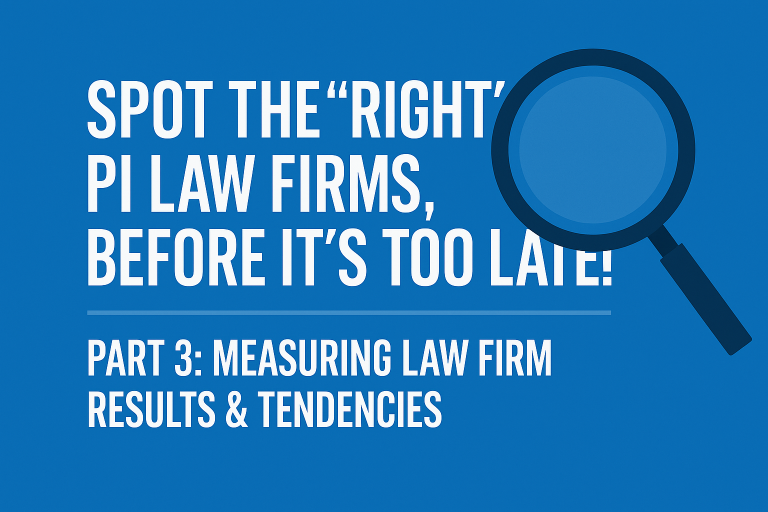
Don’t be surprised by the No Surprises Act
The do’s and don’ts of complying with the No Surprises Act for 2022
No shortage exists of attorneys who are lying in wait, positioning themselves to file lawsuits against medical providers who do not comply with the No Surprises (Billing) Act (NSA), which went into effect Jan. 1, 2022. After all, when business owners don’t comply with these often-confusing laws, attorneys can shake the compliance tree and see what money falls out.
The NSA is intended to prevent “surprise billings,” and many (including me) argue that it is long overdue. Unfortunately, attorneys will use the NSA, and the confusion surrounding it, to make a buck by filing lawsuits against unsuspecting, non-compliant providers.
The threat is real. After all, what chiropractor wants to get hit with a $10,000 fine? So while the NSA still has many unknowns, chiropractors are wise to over-comply with this new statute. Let’s take a look at the basics of complying, as well as extra pointers for providers treating personal injury patients on lien, which is the best-paying segment of any practice [see issue #1, 2022].
What is the purpose of the No Surprises Act?
In all fairness, the NSA does address a giant problem: All too often, consumers are surprised by bills for procedures and services they thought their insurance covered.
Medical billing isn’t exactly transparent, and providers did contribute to this broad government reach by failing to provide patients with direct communication as to what their services would cost prior to issuing the final bill.
The purpose of the NSA, then, is to give consumers the information they need to evaluate their choices and make fully informed health care decisions. Under the law, providers are required to provide a “good faith billing estimate,” both orally and in writing, and to update that estimate if the cost of treatment changes materially.
Applications and requirements
The act expands beyond just protecting consumers from surprise hospital bills. If you are licensed, certified or approved by the state as a health care provider, the NSA applies to you.
It also covers all of your uninsured and self-pay patients, including:
- Patients who have insurance but choose not to use it (e.g., if you take personal injury patients in lien, the NSA applies to those patients);
- Patients who do not have insurance;
- Patients whose insurance will not cover 100% of the bill.
The law requires:
- Notice of certain required disclosures of compliance;
- Patients must consent to certain billing practices if NSA protections
- Good faith estimates, meaning it is provided with “honesty or sincerity of intention.” You will know you are acting in good faith if you believe what you say or write is true. If you have a pesky voice in your head saying that you are low-balling the estimate, you are not acting in good faith.
In addition to estimated cost, your estimate should include services, time frames, frequency and total number of recurring services you expect to provide. You are safest by providing a new estimate every time:
- The treatment plan changes materially;
- Your fee codes change, or your rates increase;
- The cost of the treatment is greater than the estimate by at least $400;
- The treatment continues one year after the estimate date. If you have patients you treat on an ongoing basis as part of a wellness plan, you need to update your estimate annually.
Like all disclosures, the good faith estimate must be provided in the primary language the patient speaks.
14 best practices for complying with the No Surprises Act
- Start by asking the patient if they have health insurance, which includes Medicare and Medicaid. Provide a good faith estimate and have your patient sign a consent form if any of the following apply:
- They do not have insurance;
- Their insurance will not cover the full cost of treatments;
- They do not plan to submit the medical bills to insurance.
You can find consent and estimate forms on government websites, and insurance providers or vendors will likely have them as well. Many of the forms are on the Centers for Medicare & Medicaid Services’ website.
- If you are asking patients to waive protections provided by the MSA, include a complete consent and waiver in your intake documentation.
- Address your process for giving estimates and complying with the NSA on your website.
- In two visible places in your office, hang notice of your office’s compliance with the NSA, and your patients’ rights under this act. Include the disclosure on your website and have a one-page explanation ready to give patients.
- Provide a script regarding the availability of a good faith estimate for your office staff to use when scheduling services, or when patients call to ask about cost.
- Log the details of patient calls, including whether the patient did or did not ask about the costs (services, treatment, etc.).
- Provide the estimate orally and in writing — digitally (printable) or on paper. The patient must have the ability to save the estimate.
- Have the patient date and sign the estimate. While there is currently no mandate that the patient has to sign the estimate, the old adage applies: Better safe than sorry. Lawmakers will claw back when they can, so get that patient signature.
- At the end of the treatment, have your patient sign an acknowledgment stating that there were no billing surprises and that your bill is congruent with the good faith estimate previously received.
- If you are treating a personal injury patient, a rock-solid lien agreement is even more important to protect yourself from attorneys who want to take advantage of the NSA. In fact, don’t be surprised if a PI attorney accuses you of an NSA violation to scare you into reducing your bill. To protect yourself, include language in your lien that states that your patient is waiving the protections of the NSA and that your patient is fully informed. As a better-safe-than-sorry rule, the lien should also state that the patient has choices, including in-network providers (for those with insurance), and that the patient is fully informed and choosing to be treated by you. Include your fee schedule and a good faith estimate in your lien.
- Update your good faith estimate anytime it changes by at least $400. Update it annually for patients you see on an ongoing basis for more than a year.
- If your good faith estimate was too high, you likely should issue a refund to your patient within 30 days of the revealed mistake and pay interest at 10% per annum. The NSA includes forgiveness provisions; following them will avail yourself of legal leniency.
- Keep good records. This means:
- Update your office processes, manual and contracts.
- If you are a group practice, make sure your provider agreements include a good faith estimate requirement.
- Make sure your office keeps great records for at least six years after the case resolves.
- Monitor the statute of limitations clients have for filing disputes: 120 days after treatment is complete and the final bill was sent.
- Most PI cases last well beyond the 120-day statute of limitations, but a patient could trigger a new statute of limitations if you treat them for a later flare-up of that same injury.
- Again, don’t be surprised if a PI attorney accuses you of an NSA violation to scare you into reducing your bill. Make sure the PI attorney has signed the protective lien that will help you rebut these assertions.
- Finally, check with a health care attorney in your state and follow their advice to make sure you are following all applicable federal and state laws
Be prepared for more to come
The departments of Health and Human Services, Labor and the Treasury have released what they call “interim final rules,” an incongruent term that signifies more direction is to come. And we all know legislators and lobbyists always seek to change things.
For the time being, providers are recommended to over-comply, as many questions remain unanswered. For instance, will a provider’s insurance cover the fines associated with an NSA violation? Check with your own malpractice insurer.
We don’t know what we don’t know. For now, we’ll have to wait and see which surprises the No Surprises Act has in store for medical providers.
















